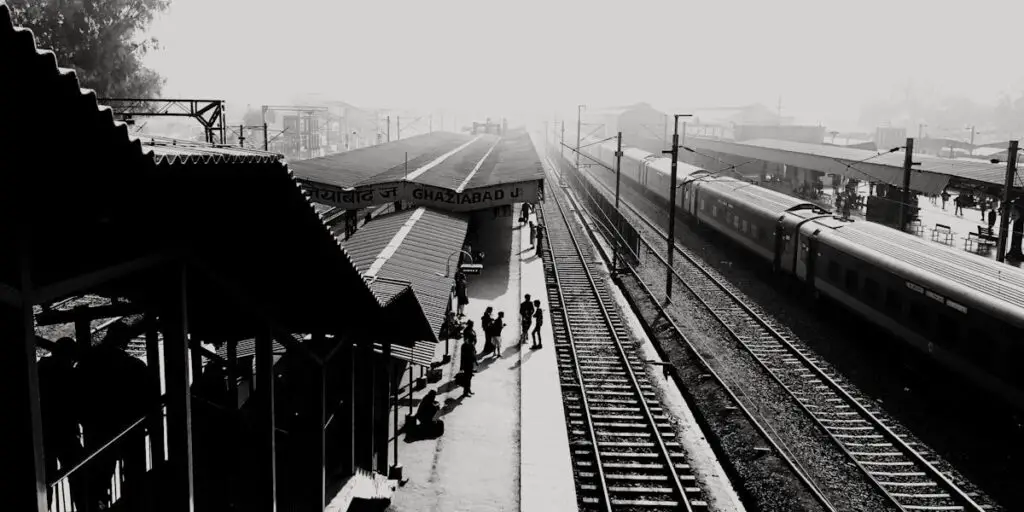Programme Code: MSO
Course Code: MSO-004
Assignment Code: MSO-004/AST/TMA/2024-25
Urbanisation refers to the process by which an increasing proportion of a population moves from rural to urban areas, resulting in the growth and expansion of cities and towns. It involves the transformation of economic, social, and physical landscapes as more people live in urban areas and engage in non-agricultural activities.
Role of Urbanization in Transforming Urban Areas in India
Urbanization has played a significant role in reshaping urban areas in India. The impact of urbanization can be seen across various dimensions:
1. Economic Transformation
- Industrial and Commercial Growth:
- Expansion of Industries: Urbanization has led to the growth of industries and businesses in cities, contributing to economic development and creating job opportunities.
- Example: Cities like Mumbai, Bangalore, and Chennai have become major hubs for finance, technology, and manufacturing, attracting investment and fostering economic growth.
- Service Sector Development:
- Growth of Services: The expansion of the service sector, including finance, education, healthcare, and hospitality, is a significant outcome of urbanization.
- Example: Bangalore’s transformation into a global IT hub demonstrates how urbanization drives the growth of technology and service industries.
2. Social and Demographic Changes
- Population Growth and Density:
- Increased Population: Urban areas experience rapid population growth, leading to higher density and pressure on infrastructure and services.
- Example: Cities like Delhi and Mumbai have seen substantial increases in population, resulting in challenges related to housing, transportation, and public services.
- Changing Lifestyles and Social Structures:
- Urban Lifestyles: Urbanization introduces diverse lifestyles and cultural practices, leading to changes in social norms and family structures.
- Example: The rise of nuclear families and changing gender roles are observed in urban areas, reflecting shifts in traditional social structures.
3. Infrastructure and Urban Planning
- Development of Infrastructure:
- Urban Infrastructure: Urbanization drives the development of infrastructure such as roads, bridges, public transportation, water supply, and sanitation systems.
- Example: The development of metro rail systems in cities like Delhi and Mumbai is a direct response to the growing need for efficient urban transportation.
- Challenges of Urban Planning:
- Urban Sprawl: Rapid and unplanned urban expansion can lead to issues such as traffic congestion, inadequate infrastructure, and environmental degradation.
- Example: Uncontrolled urban sprawl in cities like Bengaluru has led to challenges related to traffic congestion and the loss of green spaces.
4. Housing and Real Estate
- Housing Demand and Supply:
- Increased Demand: Urbanization creates a high demand for housing, leading to both formal and informal housing developments.
- Example: The growth of high-rise apartments and gated communities in cities reflects the demand for residential spaces. At the same time, informal settlements or slums have also expanded due to inadequate affordable housing.
- Real Estate Market:
- Real Estate Development: The real estate market becomes more dynamic with urbanization, leading to significant investment in commercial and residential properties.
- Example: The rise of commercial real estate developments, including shopping malls and office complexes, in urban areas highlights the transformation of urban landscapes.
5. Environmental Impact
- Pollution and Resource Depletion:
- Environmental Challenges: Urbanization contributes to environmental issues such as air and water pollution, waste generation, and depletion of natural resources.
- Example: Air pollution in cities like Delhi has become a significant health concern due to industrial emissions, vehicular traffic, and construction activities.
- Green Spaces and Sustainability:
- Loss of Green Spaces: The expansion of urban areas often leads to the loss of green spaces and natural habitats.
- Example: The encroachment on parks and open spaces in cities can affect the quality of life and biodiversity.
6. Governance and Services
- Governance and Administration:
- Urban Governance: Urbanization necessitates improved governance and administration to manage the growing complexity of urban areas.
- Example: The establishment of municipal corporations and urban planning agencies aims to address urban challenges and manage city services.
- Public Services:
- Service Provision: Urbanization requires the enhancement of public services such as healthcare, education, and public safety.
- Example: The expansion of healthcare facilities and educational institutions in cities addresses the needs of the growing urban population.
Summary
Urbanization in India has significantly transformed urban areas by driving economic growth, changing social structures, and reshaping infrastructure and housing. While it has brought about economic opportunities and modern amenities, it also presents challenges related to population density, environmental impact, and urban planning. Addressing these challenges requires sustainable development practices, effective governance, and strategic planning to ensure that urbanization benefits all segments of society while mitigating negative impacts.
Additional Articles:
What are the difference between old social movements and new socialmovements? Discuss with examples. (500 words)
Describe the socio-economic background of emergence of sociology. (500 words )



